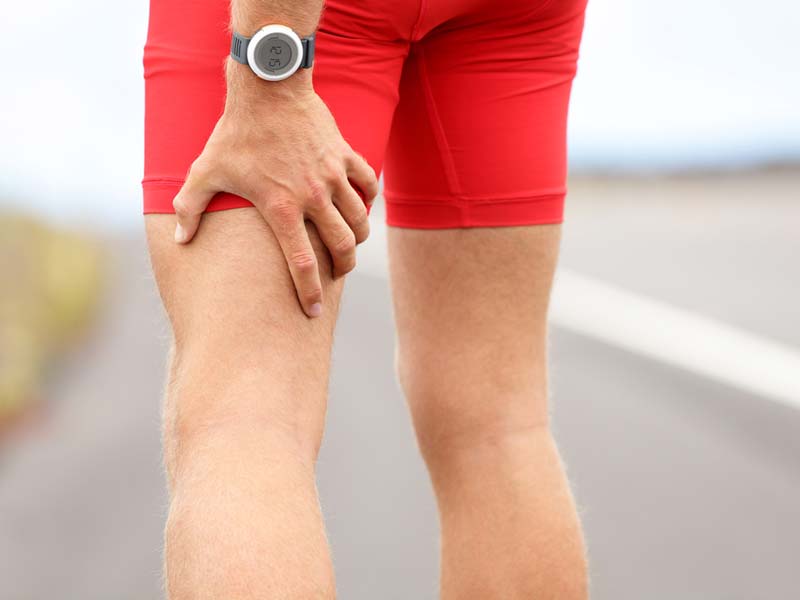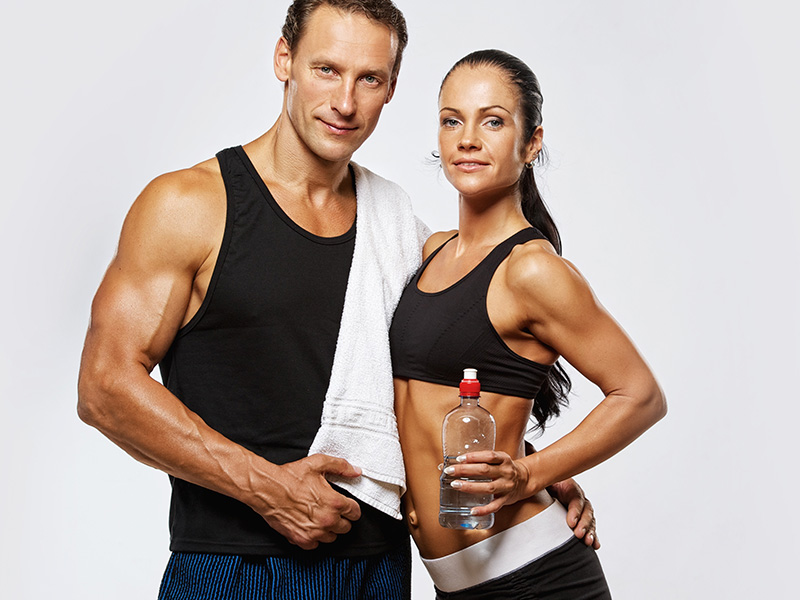On the whole, doctors will tell you that exercise is good for you. And they are right! You are likely acquainted with the general health advantages of exercise: improved circulation, heart health, and lower blood pressure are only a few reasons to keep active, even when you are feeling pain or mobility problems.
However, for those with joint issues like arthritis and arthralgia, engaging in low-impact, moderate-intensity exercise can bring extra benefits that may enhance your quality of life.
The following exercises will not put excessive strain on the joints. Try to incorporate activities from each category into your daily routine for best results.
Every individual with joint pain and arthritis is different. Do what you can, when you can, and consult a doctor to determine what is safe and reasonable for you.
Cardio Activities

Aerobic exercise is any conditioning exercise that raises your heart rate over its normal resting rate. A reasonable target is to practice so that you are breathing harder than regular but are still able to carry on a conversation.
30 minutes per day of aerobic exercise is perfect, but 150 minutes for a week is the recommended minimum.
You can finish your aerobic activities all in one session, or you can work it into your day in short multiple sessions, for example – 15 minutes of bike riding and 15 minutes of yard work.
Strengthening Activities

Strengthening your muscles is essential, especially for people with osteoarthritis – stronger muscles can help to take some of the pressure off your joints.
Aim to perform strengthening exercises 2 times per week. Involve all the major muscle groups of the body (back, chest, arms, shoulders, hips and legs). Practice your strength training routine at home or in a gym.
Balance Activities

Those with arthritis and joint pain, especially people with ankle, knee and hip issues, may struggle with deteriorating balance. Keeping up balance is important to older people, as sustaining a fall will probably result in a debilitating injury, particularly if you have decreased bone thickness due to osteoporosis.
When designing your activity, consult with your GP, try to practice balance exercises at least twice per week. Balance training does not have to take much time.
Flexibility Training

A stretching regimen is a basic part of physical activity, especially in people with joint issues. If your joints are getting painful and stiff, regular exercises may get more difficult after some time.
Stretching your muscles with dynamic stretches after your daily practice is a good way to boost your flexibility and hold your range of motion. Ask your trainer for a list of flexibility exercises perfect for your particular joint problems.
However, if you have joint issues you should avoid some sports, such as dancing, baseball, hockey, soccer, rugby and tennis.





 Cleansing the organism is key to keep the healthy balance.
Cleansing the organism is key to keep the healthy balance. 














 2. Most fruits and vegetables contain pesticides, insecticides and chemical fertilizers. Which result in piling up of toxins into the body. That’s why it’s preferable to take bio products. They are surely better for your health. Bio foods have a high concentration of antioxidants which are the main reason for longer life. Another aspect is the improvement of the metabolism. If you have the choice of buying bio foods – go for it!
2. Most fruits and vegetables contain pesticides, insecticides and chemical fertilizers. Which result in piling up of toxins into the body. That’s why it’s preferable to take bio products. They are surely better for your health. Bio foods have a high concentration of antioxidants which are the main reason for longer life. Another aspect is the improvement of the metabolism. If you have the choice of buying bio foods – go for it! 3. If you’re used to buying foods which aren’t bio – it’s a wise decision to leave the products in cold water with a spoon of vinegar for 30 minutes. This technique reduces the quantity of harmful toxins in your food. The vinegar is going to negate the pesticides. Only water isn’t enough, because most pesticides are resistant to water.
3. If you’re used to buying foods which aren’t bio – it’s a wise decision to leave the products in cold water with a spoon of vinegar for 30 minutes. This technique reduces the quantity of harmful toxins in your food. The vinegar is going to negate the pesticides. Only water isn’t enough, because most pesticides are resistant to water. 4. It’s important how you keep the products fresh. After you’ve cleaned the products, you need to dry them before putting them into the fridge else the products will rot very fast. Separate different types of product with no contact.
4. It’s important how you keep the products fresh. After you’ve cleaned the products, you need to dry them before putting them into the fridge else the products will rot very fast. Separate different types of product with no contact. 5. For a healthy detox use fresh products. After 3 or more days fruits and vegetables get spoiled. Just buy little quantities of food to keep it fresh.
5. For a healthy detox use fresh products. After 3 or more days fruits and vegetables get spoiled. Just buy little quantities of food to keep it fresh.